From May 23 to Sept. 8, 2025, the medieval courtyard of Turin ’s Palazzo Madama will host the exhibition Jan van Eyck and the Miniatures Revealed, an exhibition project conceived and curated by Simonetta Castronovo, curator of the Turin museum, and carried out in collaboration with the Department of Historical Studies of the University of Turin. The initiative was created with the aim of enhancing and making accessible to the public the fine collection of illuminated manuscripts and cut-out miniatures kept at the Museo Civico d’Arte Antica. This is a rare and delicate heritage, rarely exhibited for conservation reasons, consisting of twenty illuminated codices, ten incunabula, and a nucleus of about eighty folios and cuttings datable between the 13th and 16th centuries. The exhibition itinerary makes it possible to understand their provenance, production techniques, stylistic specificities and the history of their circulation over the centuries. For this purpose, an accompanying didactic graphic has been designed that illustrates the cultural and geographical context of the works and offers insights dedicated to the materials used, medieval and Renaissance book production, and the function of libraries in pre-modern times. The exhibition is the result of a study and research project launched in 2021, which involved, in addition to the aforementioned Department of Historical Studies (under the coordination of Professor Fabrizio Crivello), the Department of Chemistry of the University of Turin (Professor Angelo Agostino) and the Department of Science and Technological Innovation of the University of Eastern Piedmont (Professor Maurizio Aceto). The first step consisted in the systematic filing of the entire collection, followed by a photographic campaign and scientific analysis with FORS and XRF technologies, aimed at detecting the composition of the supports, pigments and gilding. The exhibition thus represents the popularized outcome of a long phase of study that has deepened knowledge about materials that are often little known even to specialists.
The exhibition is divided into six sections arranged in chronological order. The first, devoted to the 13th and 14th centuries, opens with the Statutes of the City of Turin of 1360, known as the Code of Chains, now preserved in the Historical Archives of the City. This is a volume of high symbolic and legal value, as it contains the first norms that regulated civic life and relations between the city and the Counts of Savoy. This important document is flanked by two statutes of medieval guilds, the Matricola degli orefici and the Matricola dei Cordovanieri di Bologna, as well as a Bolognese Bible from 1280, an example of excellence in thirteenth-century illumination.
To the season of the International and Lombard Gothic, on the other hand, belong a series of fragments from Books of Hours and Antiphonaries, influenced by the refined taste of the Visconti court. Prominent among them is a work attributed to a follower of Michelino da Besozzo, a master of the late Gothic miniature.
One of the central nuclei of the entire exhibition is the section devoted to the 15th century in France and Flanders. Here finds space for the famous codex of Jean de Berry’s Très Belles Heures de Notre Dame, also known as Heures de Turin-Milan, which contains miniatures attributed to Jan van Eyck. It is the most valuable work preserved by the Civic Museum of Turin, and had not been on public display since 2019. On display alongside this masterpiece are other examples of Flemish and Franco-Flemish art that arrived early in Piedmont. These include the Messaledella of theBuschetti family of Chieri, the Book of Hours by Simon Marmion, and the Book of Hours of Chalons-sur-Saone, attributed to Antoine de Lonhy, a Burgundian painter active in the Piedmont area in the late 15th and early 16th centuries.
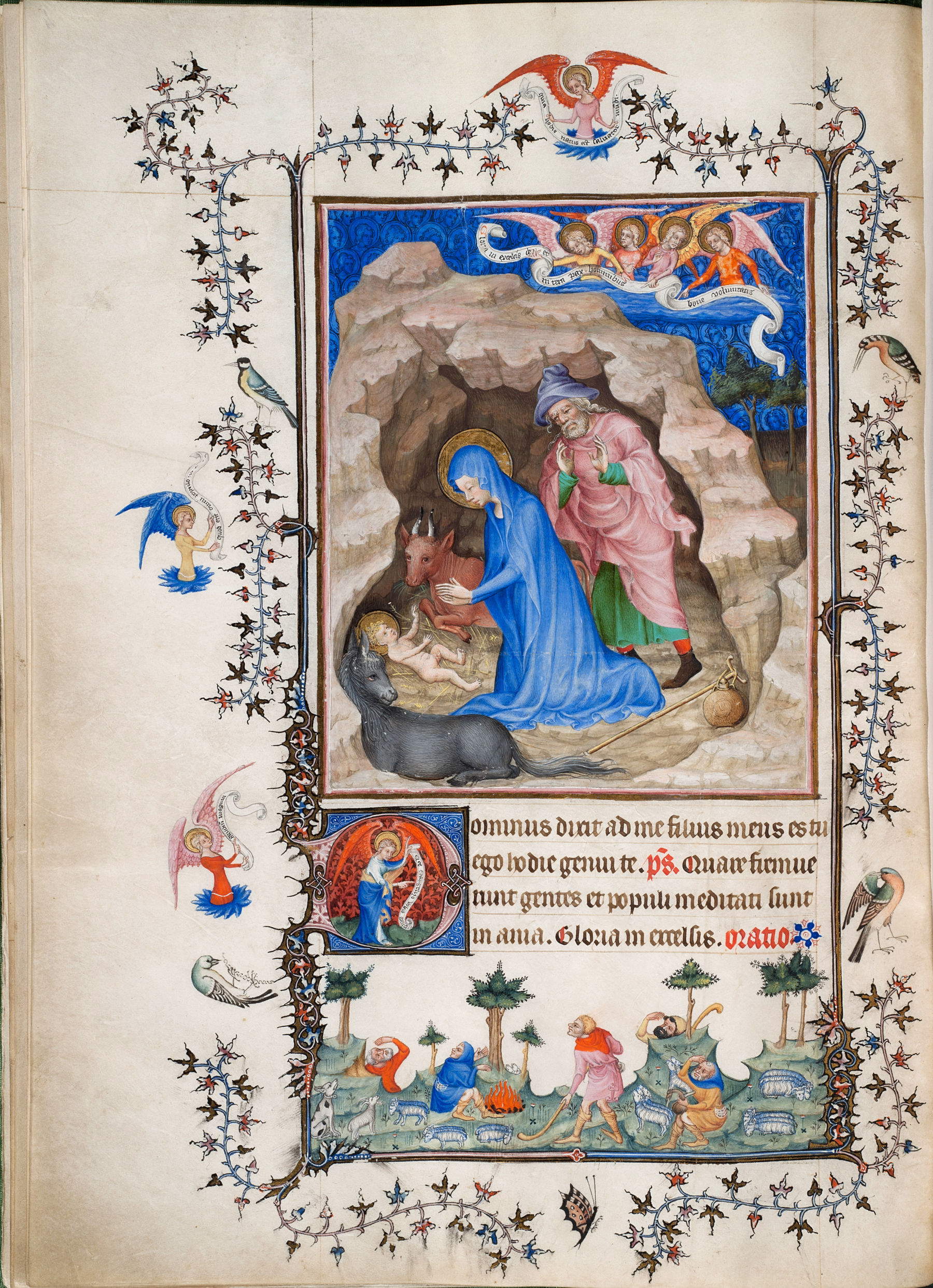
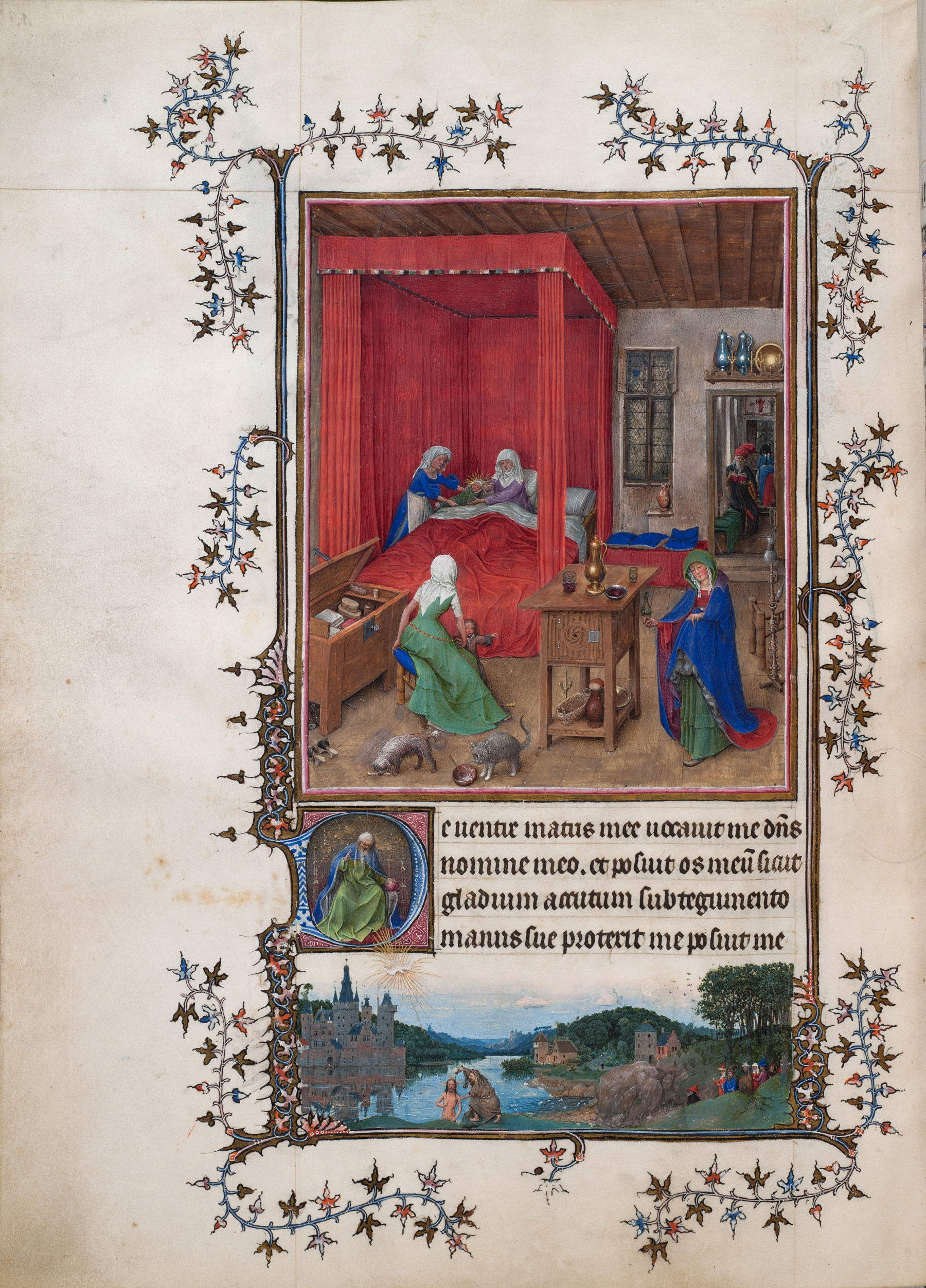
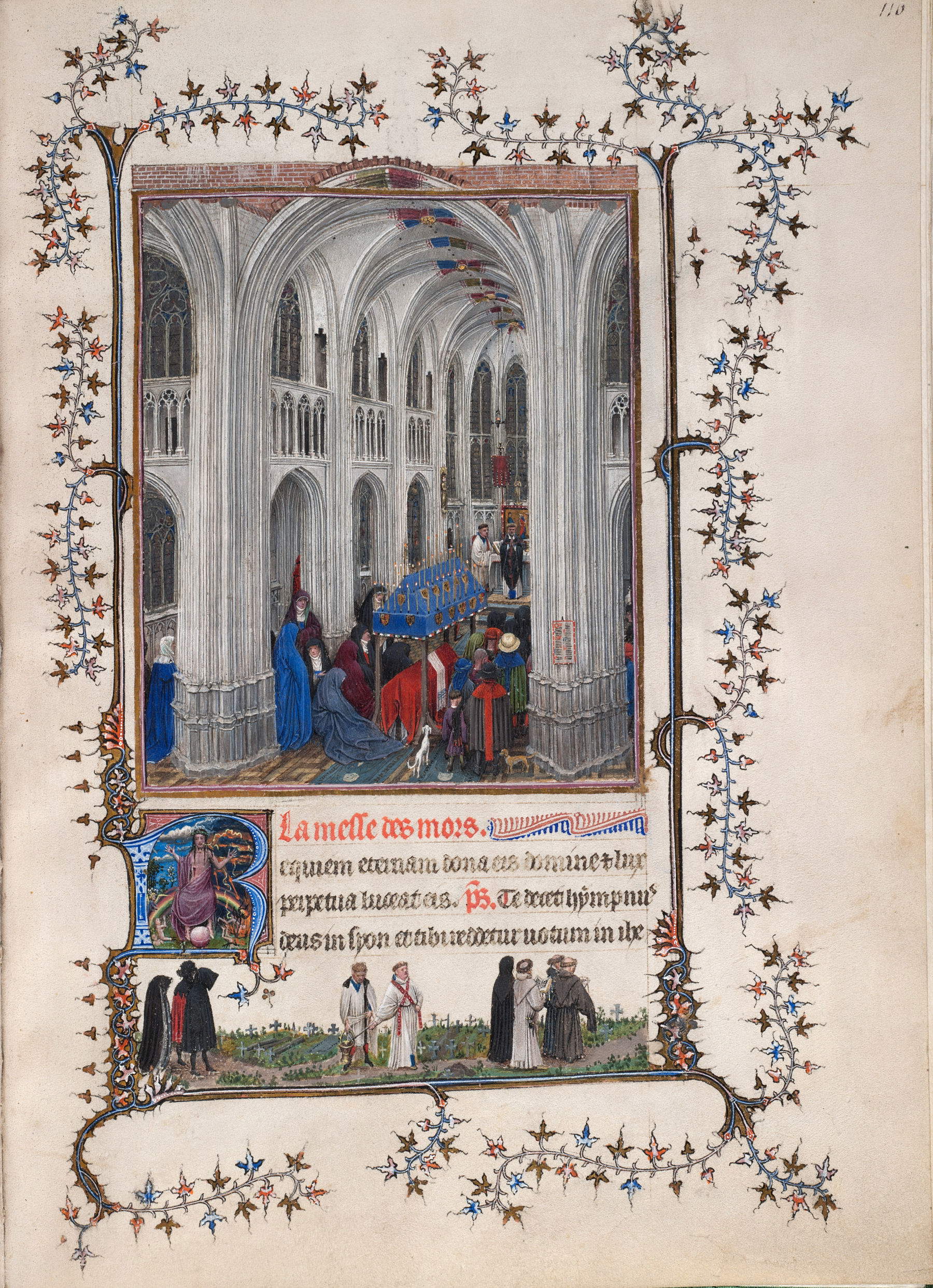
Two other works in this section, datable between the 15th and 16th centuries and related to the Duchy of Savoy, are the Deloche Book of Hours, executed by the Master of the Prince of Piedmont, and the Laudario of the Confraternity of Santa Croce of Cuneo, both exemplars of the private devotion and religious culture of the time. The fifth section is dedicated to the Italian Renaissance and opens with the Missal of Cardinal Domenico della Rovere, illuminated by Francesco Marmitta, an Emilian artist among the protagonists of the transition between the late Gothic age and Renaissance languages. Alongside this work are numerous fragments that provide a close look at the evolution of techniques and figurative models during the 15th century. The section reserved for illuminated incunabula, which documents the coexistence of printing and hand-decoration in the years immediately following the invention of movable type, closes the itinerary. Prominent among the pieces on display is the rare Book of Hours printed in Paris between 1481 and 1486 by Antoine Vérard, a publisher active in the difficult balance between technological innovation and iconographic tradition. The last work on display is the so-called Book of Astrological Letters, dated 1550, which actually turns out to be a refined handbook of calligraphy. The presence of initials decorated in ink, still inspired by medieval models, suggests that it was a teaching tool intended for Emanuele Filiberto of Savoy, a young prince at the time of its creation.
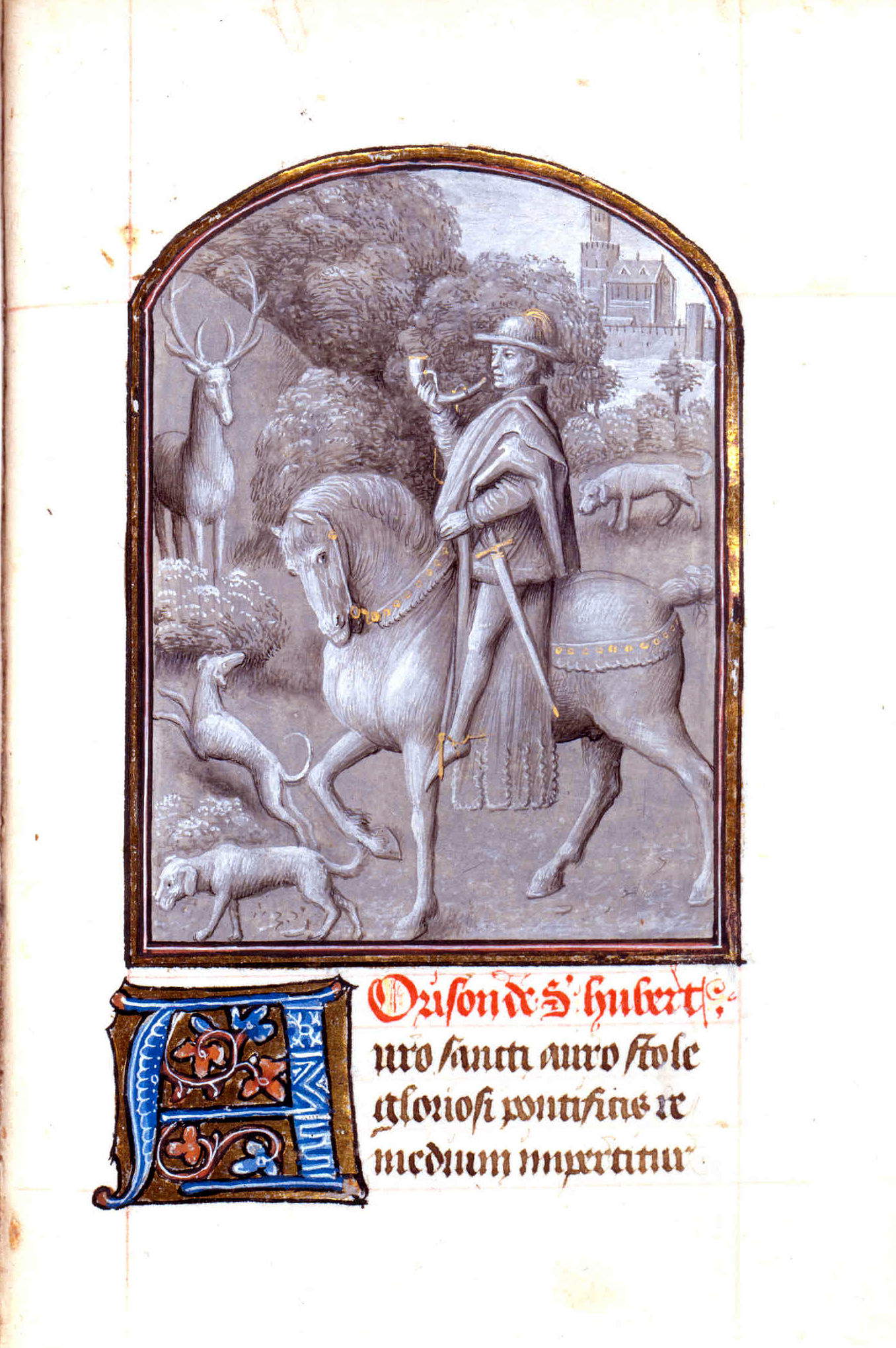
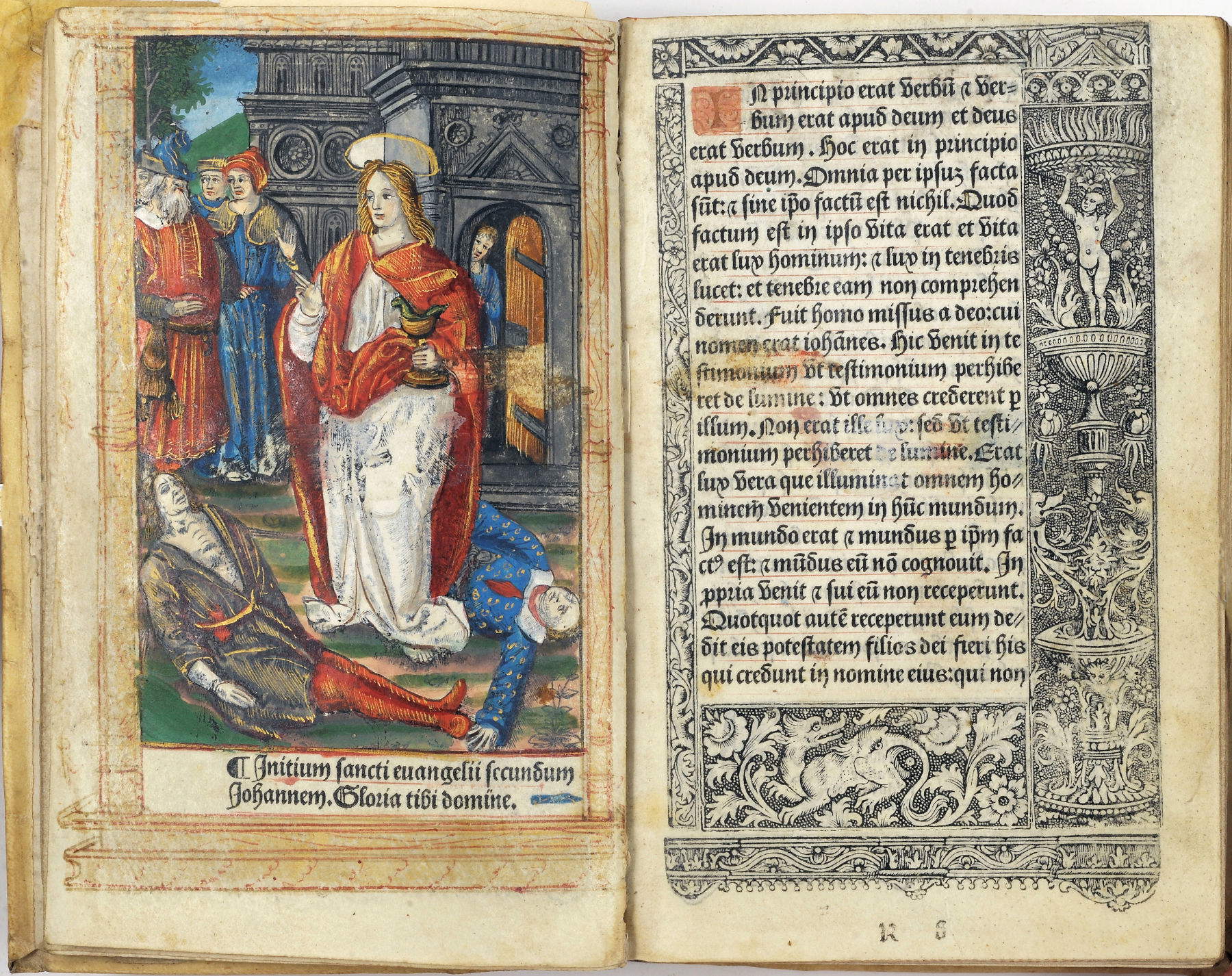
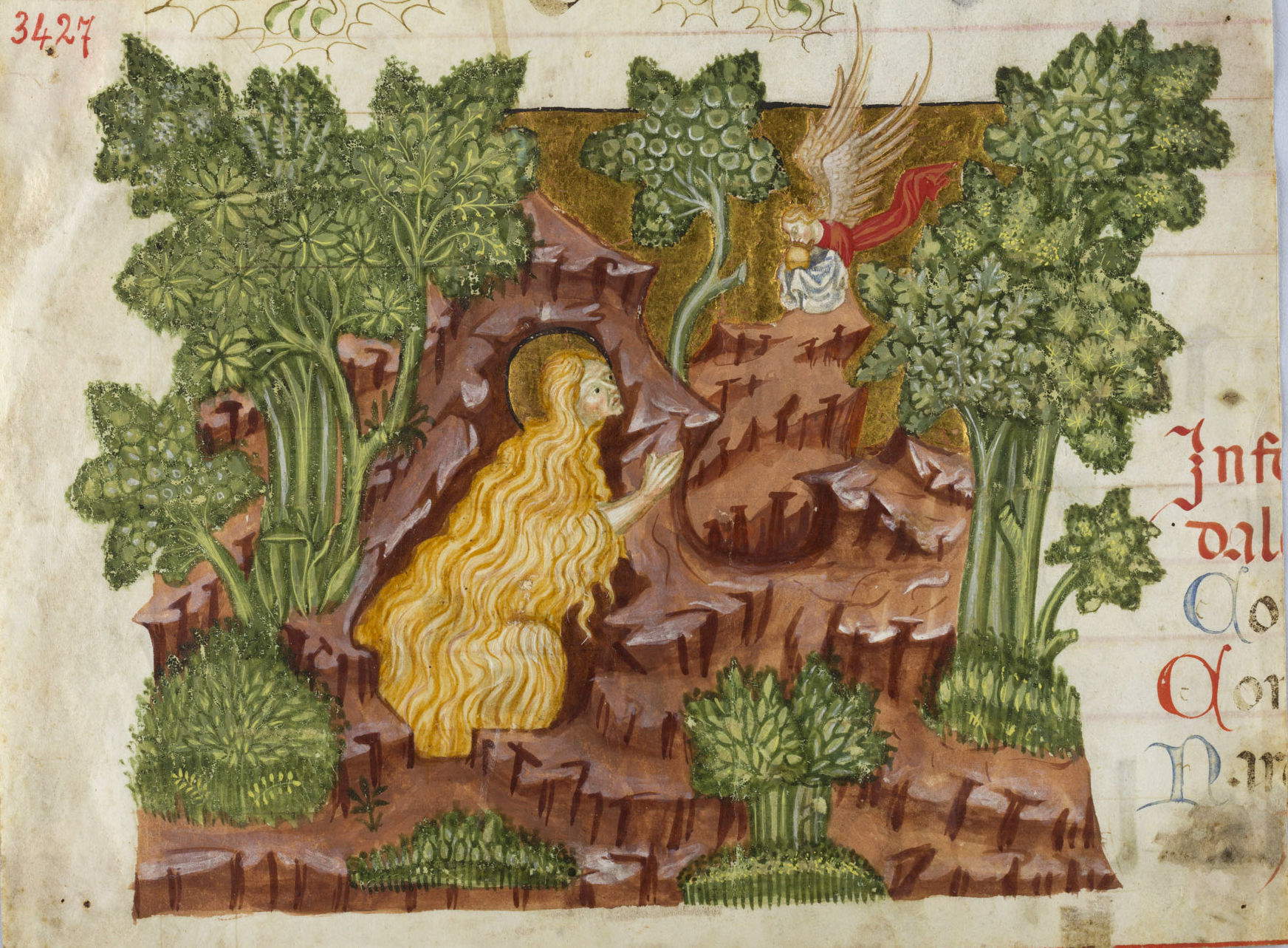
In parallel with the exhibition, Palazzo Madama and the Department of Historical Studies are offering three lectures with free admission, designed to explore the themes that have emerged from the exhibition. The first appointment is scheduled for Monday, May 26, 2025 at 5 p.m. with a talk by Fabrizio Crivello dedicated to the Turin-Milan Hours and the beginnings of Flemish painting. This will be followed on Wednesday, June 4 at the same time by a lecture by Giovanna Saroni, focusing on the function and structure of the Books of Hours in private devotion.
The last meeting will be held on Monday, June 30, also at 5 p.m., with Giovanni Carlo Federico Villa, director of Palazzo Madama, who will offer a reading of Francesco Marmitta’s path in the Po Valley artistic context. The systematic catalog of the collection, currently in preparation, will be released in June 2025 by Artistica Editrice of Savigliano. Also published within it will be the complete results of the diagnostic investigations conducted during the project and contributions from twenty-six Italian and international scholars who are experts in medieval and Renaissance miniatures.
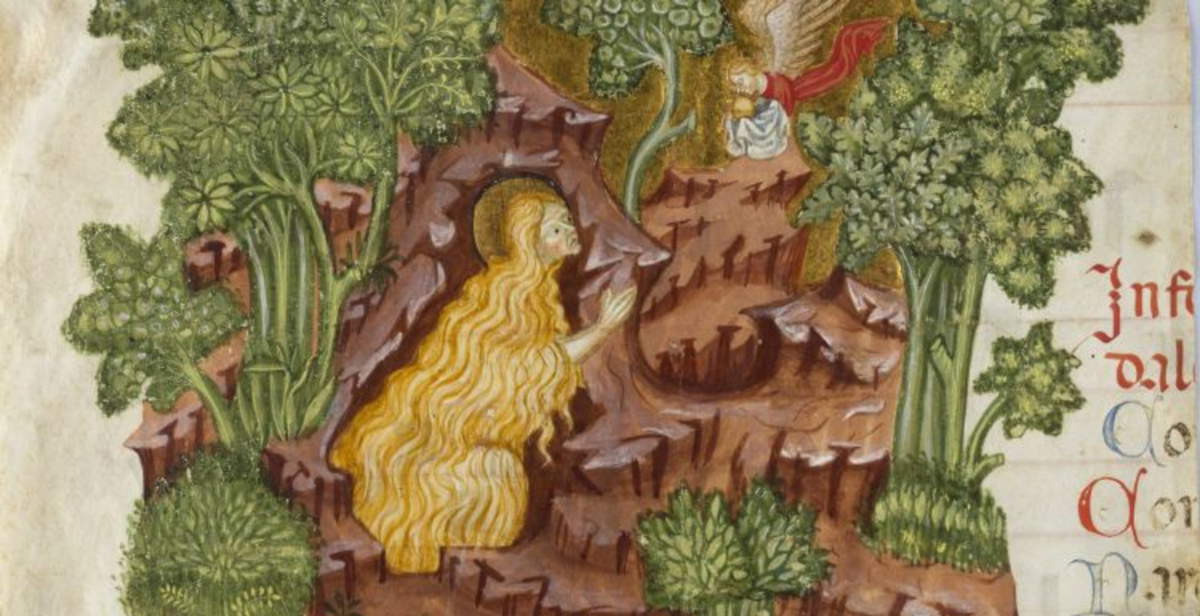 |
| Turin, miniatures attributed to Jan van Eyck and masterpieces of book art on display at Palazzo Madama |
Warning: the translation into English of the original Italian article was created using automatic tools. We undertake to review all articles, but we do not guarantee the total absence of inaccuracies in the translation due to the program. You can find the original by clicking on the ITA button. If you find any mistake,please contact us.